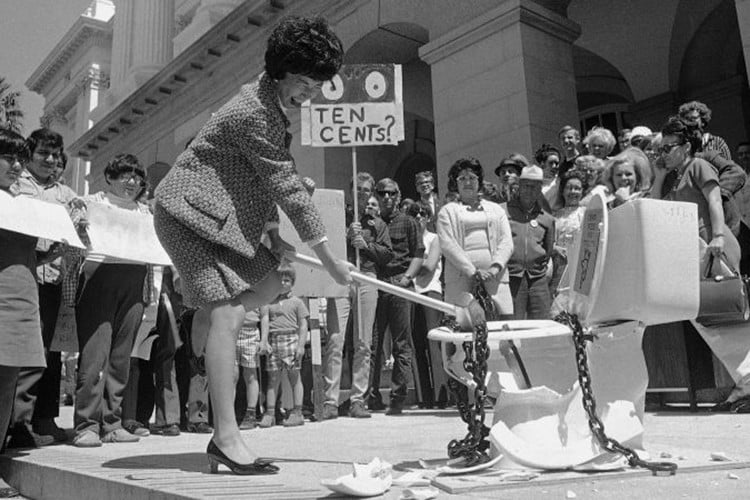A pay toilet was pretty common back in the day. It is a public restroom that requires the user to pay a fee before the facility can be utilized. The reason for charging money is usually for the maintenance of the space. The practice of paying to use a toilet dates back nearly 2000 years, to the first century BCE. But thanks to some students, we can all appreciate free access to public restrooms at any time.
Four high school students in the 1970s are the reason why America no longer has pay toilets. They formed an organization called CEPTIA and successfully lobbied against the issue. Eight years later pay toilets were almost non-existent in the United State.
How Did Four High School Students End the Pay Toilet System?
Dayton natives and high school students Michael and Ira Gessel, Steve Froikin, and Natalie Precker founded the Committee to End Pay Toilets in America or CEPTIA. They launched what would become a relentless, cheeky national campaign to eliminate the despised pay toilets.
We thought we could do something about it, Now, could we really do something about it? At the time, we were in high school. We really didn’t know how to exercise political power, but we thought we’d have fun with it. And we didn’t like pay toilets.
Michael Gessel, Co-founder of CEPTIA
Ira and Michael told two close friends, Steve Froikin and Natalie Precker, about their plans, and the four of them formed CEPTIA.
Some students spend their time going to parties and drinking; we wrote model legislation and drafted press releases. Everyone has to have a hobby.
Michael Gessel, Co-founder of CEPTIA
Ira wrote an article in which he urged people to ask Congress to support legislation prohibiting the use of pay toilets. The article was published in the Meadowdale High School student newspaper, and this eventually lead to the establishment of their organization. Over 1,800 people across the country paid membership dues to the cause.
They established several chapters on various college campuses. Some were at the University of Chicago, Kent State University, Johns Hopkins University, Harvard, and other institutions. This gave them a national presence.
The Committee to End Pay Toilets in America received national media attention during its early 1970s campaign.
They hit the mother lode of coverage in January 1973, with four newspapers, two TV stations, three-wire services, and several radio stations. pay-to-use toilets were phased out in Chicago.
Ohio Governor James Rhodes signed the toilet bill into law in May 1976. It stopped the problem by requiring an equal number of accessible toilets for each paid toilet. For noncompliance, a $1,000 penalty was added. (Source: AP News)
How Did the Pay Toilet System Start Anyway?
Some of the first documented pay toilets were built in Rome around 74 AD. Emperor Titus Flavius Vespasianus devised this method to alleviate the financial hardships caused by the many wars fought. This was not a popular decision among his people, and he was mocked for it, to which he responded with the famous quote, Pecunia non olet, which means money does not stink.
In the late 1800s, an English stage magician named John Nevil Maskelyne invented the first modern pay toilet. His London toilet door lock required the insertion of a penny coin to operate. Hence the euphemism spend a penny. The first public toil
